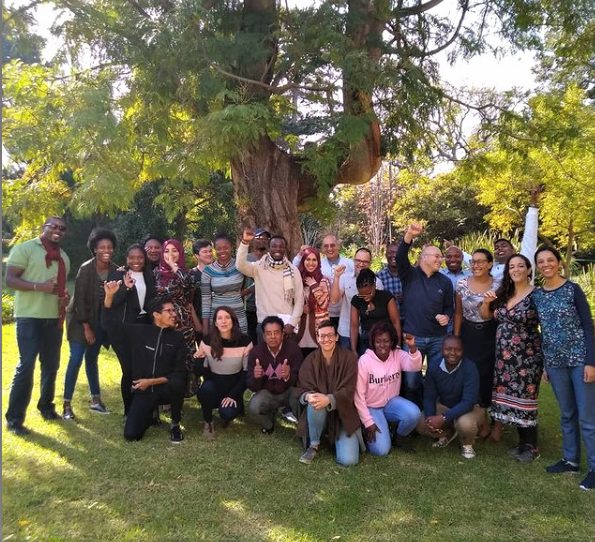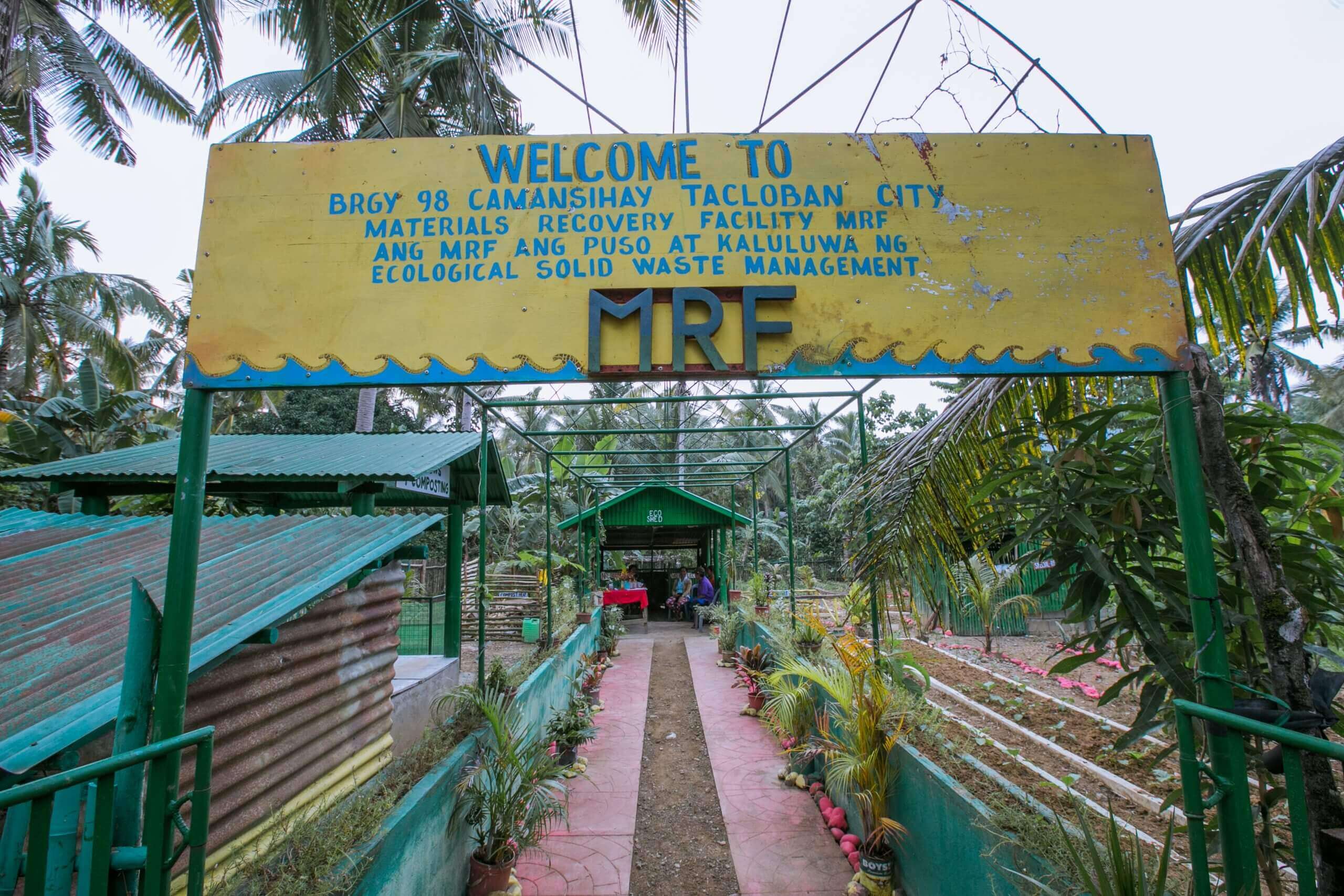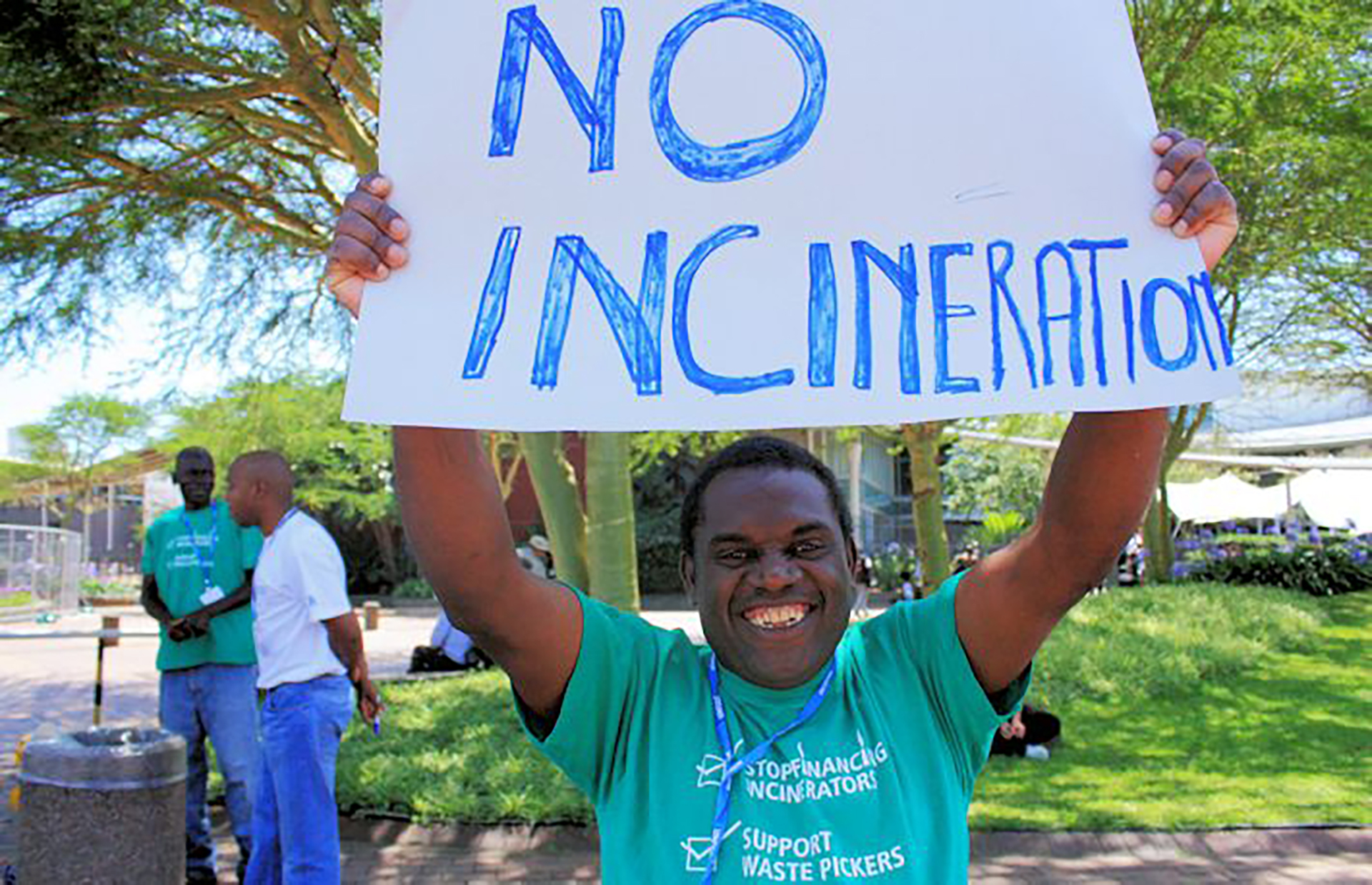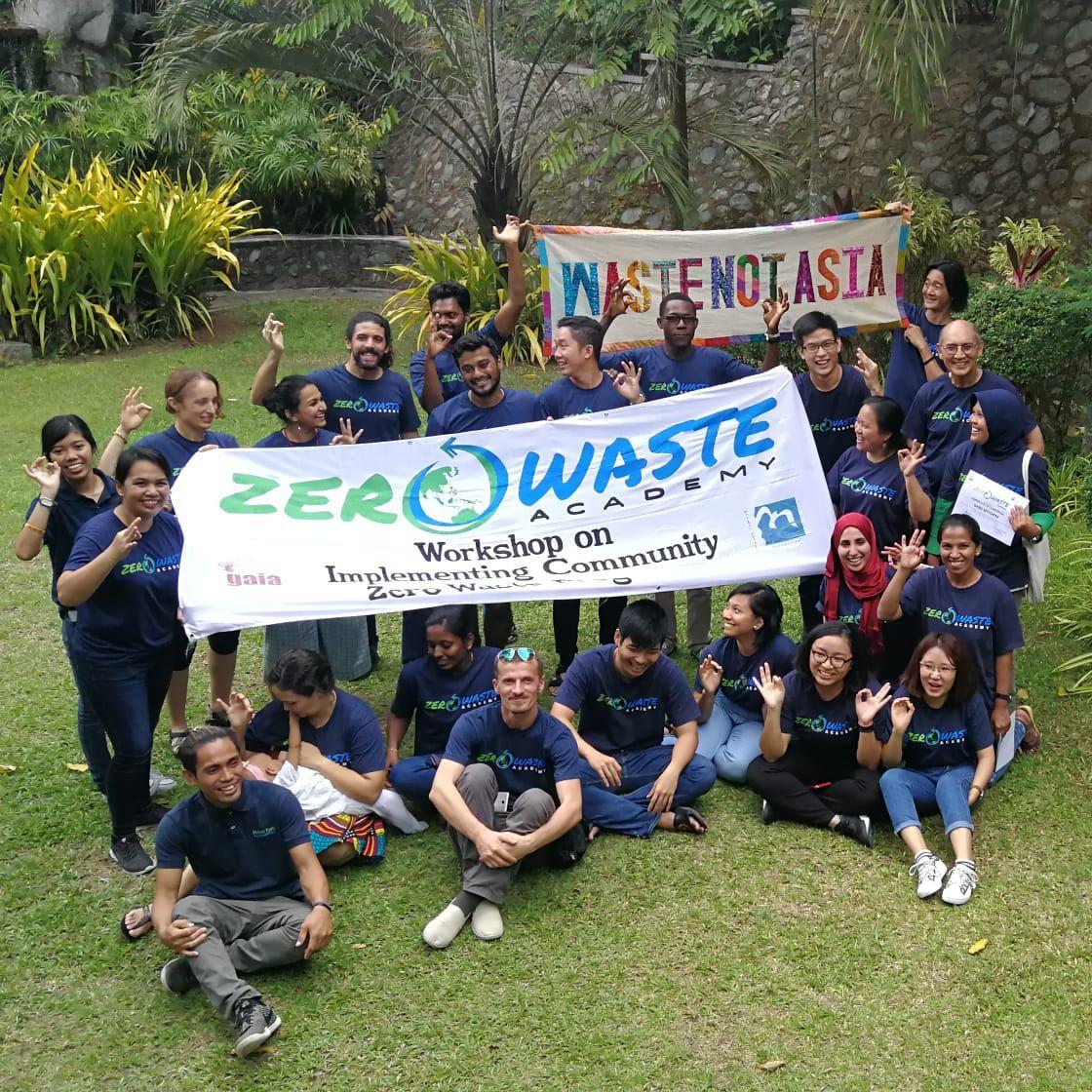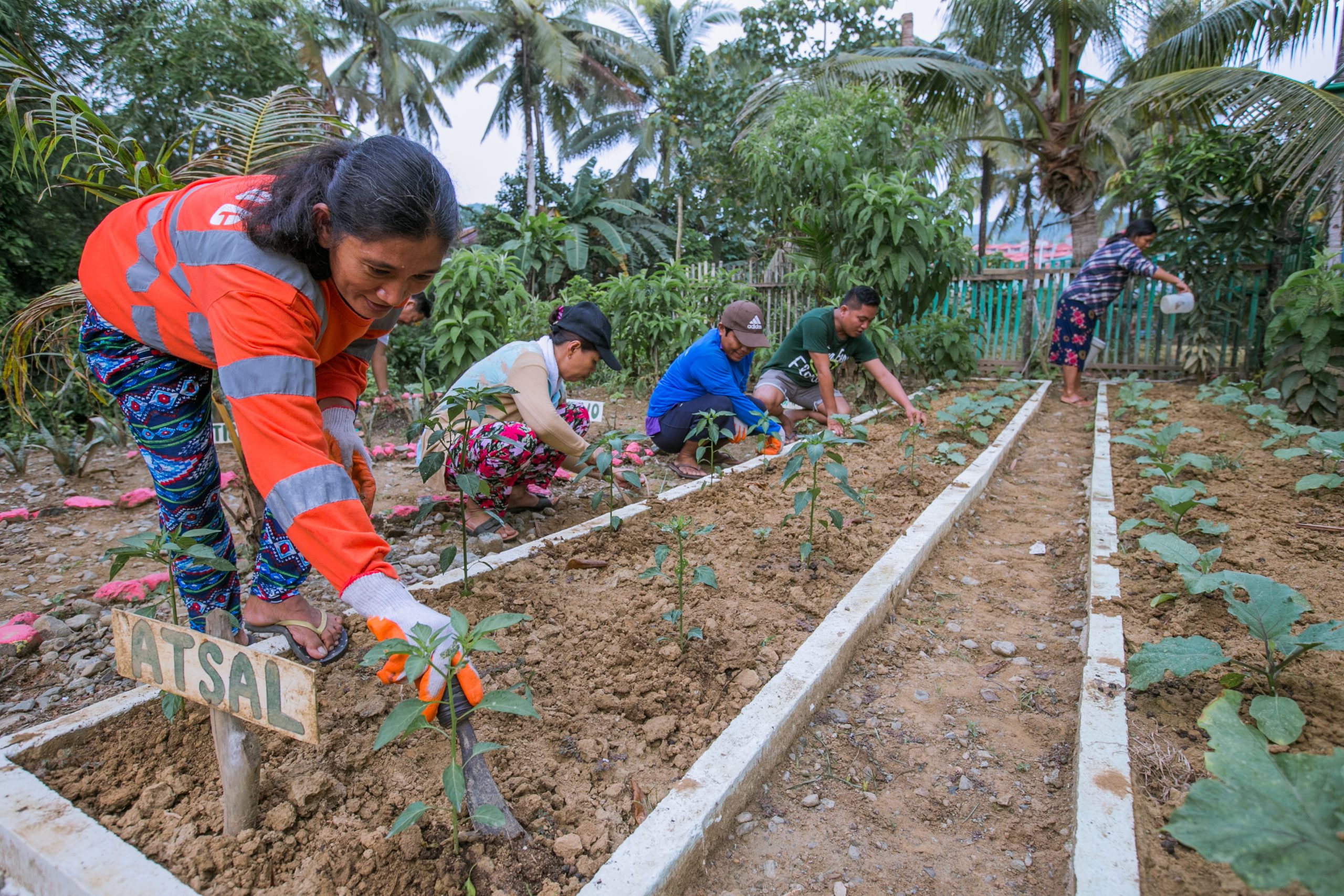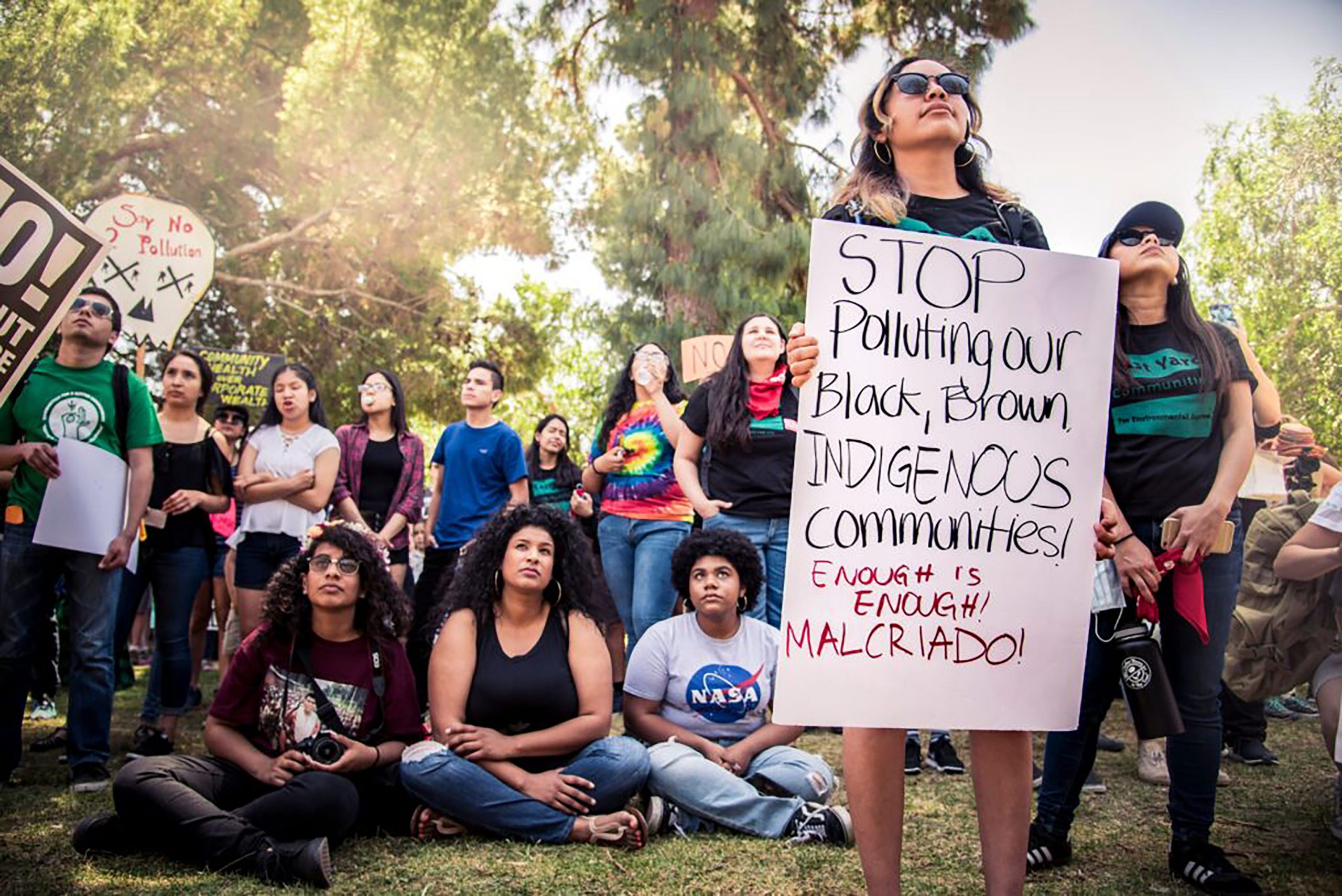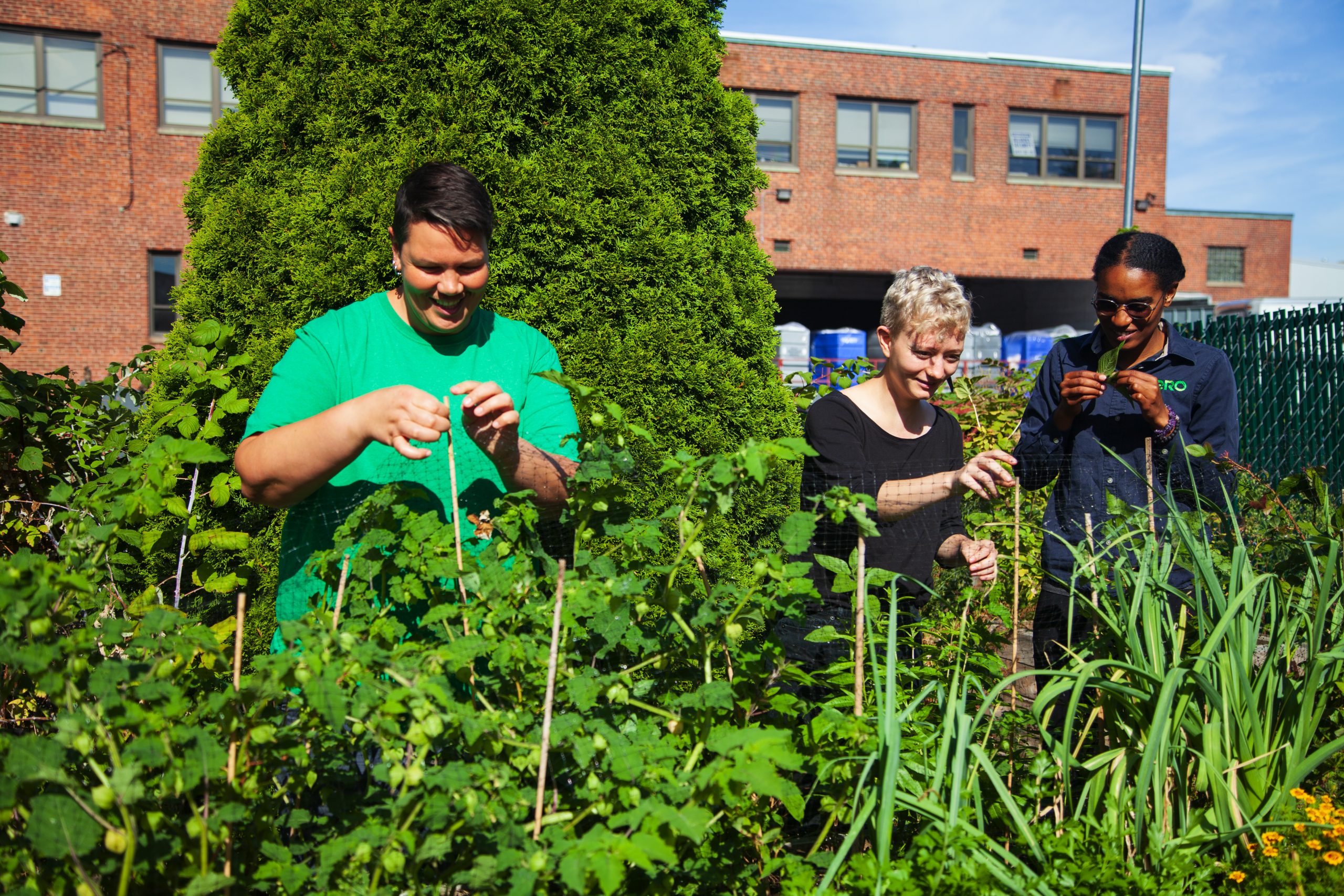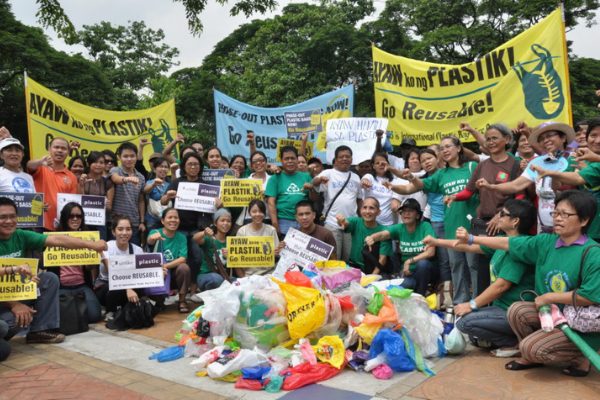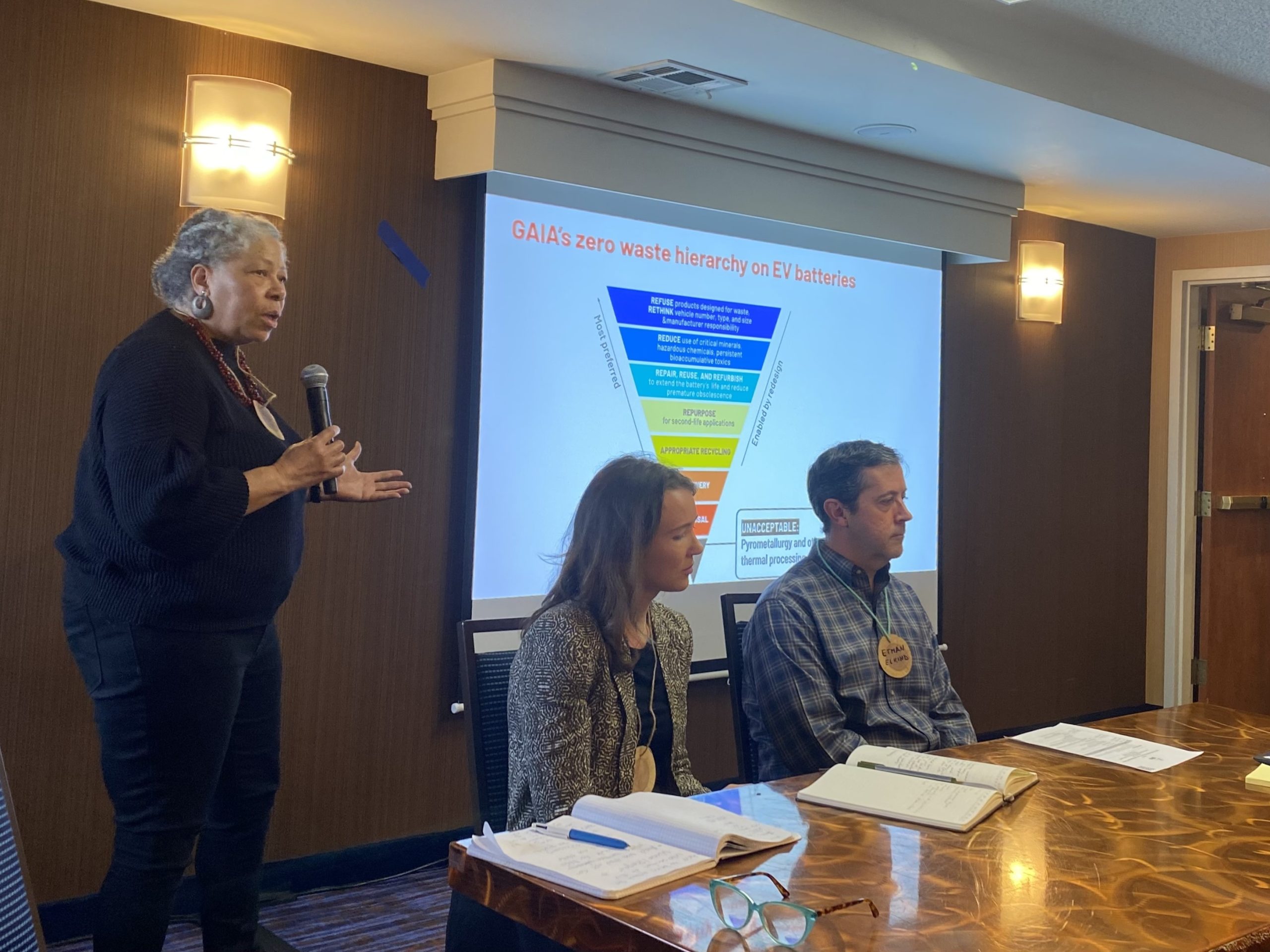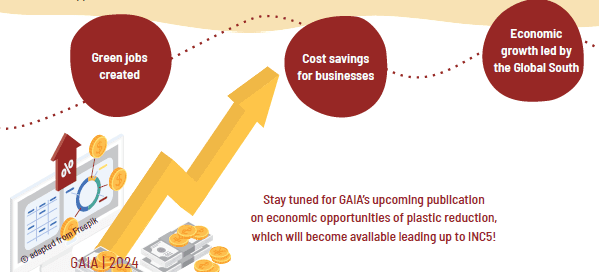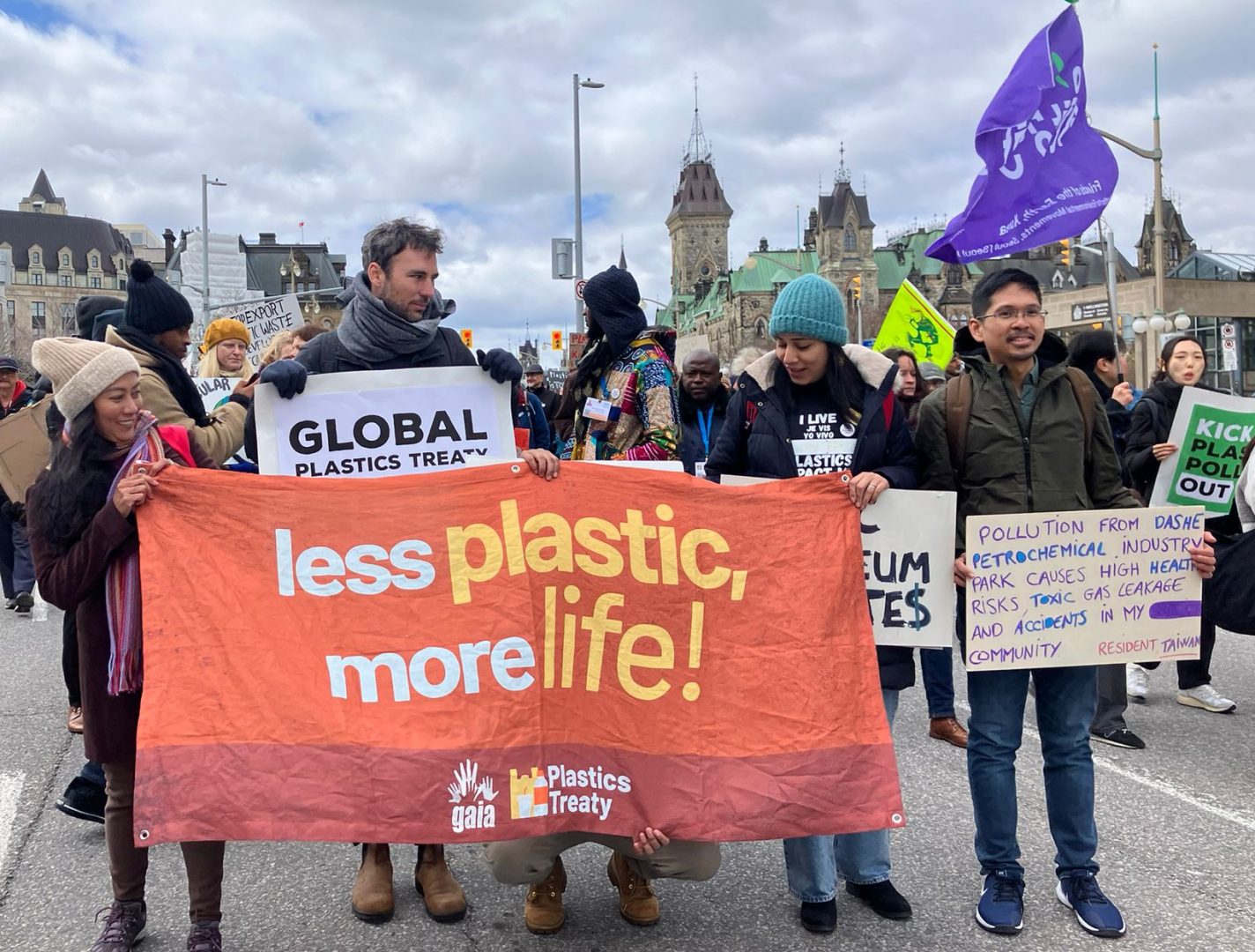GAIA US Canada’s Community Tools for Anti-Incineration Organizing resource designed to support community organizers and advocates in both new and existing incineration campaigns. The toolkit is informed by the experiences of GAIA members around the world who have mobilized their own communities and allies to fight for a world without waste-burning.
In 2019, GAIA Asia Pacific members gathered in Penang, Malaysia for a series of activities, which culminated in a regional meeting where we set our objectives for the next three years (2020-2023).
Just months after the regional meeting, the world confronted the uncertainty and threats of the COVID-19 pandemic, making work on the ground doubly difficult, as the pandemic also exacerbated the already widespread and systemic injustices that we have long been fighting.
In the face of these challenges, GAIA members remained steadfast in their commitment for a better world. This publication, “POSSIBLE TOGETHER,” is a proof of that.
As written by GAIA International Coordinator, Christie Keith, in her message, “The organizing stories in the publication are a testament to how hard GAIA members have worked since early 2020 – despite great personal risk – to create visionary Zero Waste solutions and oppose toxic pollution. These are stories of cultural survival, fierce resistance, and local transformation.”
It takes a network to have a fighting chance when faced with challenges of this magnitude, and collectively, GAIA members rose to the occasion. They extended each other a helping hand and made sure that their communities would not be left behind.
The work may be daunting; and the times, challenging. But difficult can become easy; and the impossible, possible when when people work together.
This report presents a comprehensive analysis and arguments on the need to improve the Landfill Directive and the Waste Framework Directive, highlighting residual waste reduction as a crucial tool to ensure alignment with the overarching principles of the EU Circular Economy Agenda.
As the world’s fastest-urbanizing continent, Africa has encountered major challenges in implementing a sound solid waste management system. The media and some international institutions including the UN Environment Program have repeteadly promoted waste incineration in Africa, without ackowledging incineration’s harmful impact on human health and the environment.
In light of recent promotional statements from technology providers, governments, and academic and research institutions, this report looks at the proposed application of converting municipal waste into fuel, namely for gas turbine aircraft engines.
The rise of municipal solid waste incineration in China. The speedy industrialization and urbanization of China over the past three decades have produced signigicant challenges to the health of ecological systems. The unsustainable management of municipal solid waste (MSW) is one of those urgent challenges.
While it claims to be experimental and not commercial, the company behind the Usina Verde incinerator has been promoting large scale waste-to-energy incinerators uisng this plant as a model, ecen though the plant is not able to produce enough energy to meet its own needs.
The state of Delhi is the largest producer of solid waste in India; nearly 8,000 metric tons of solid waste are produced every day. As Delhi continues to grow, its appetite for landfill sites remains insatiable. Over 14 landfill sites have been used up, and the three disposal sites currently in use have already far exceeded their capacity.
Renewable energy is defined as energy produced by natural resources — such as sunlight, wind, and geothermal heat — that are naturally replenished within a certain time span. Municipal solid waste is derived from finite natural resources and burning these materials for energy significantly hinders resource conservation, while burdening communities with pollution and climate impacts.
